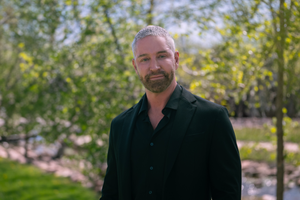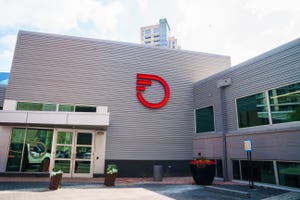Beyond MANO: The Long Walk to Network Automation
Open source is still the way to go, says BCE panel.

AUSTIN, Texas -- Big Communications Event -- Major operators say they are already making money from virtualizing "low-hanging fruit" in their network, but working towards a truly automated network management environment is still a long-term goal.
Executives from AT&T Inc. (NYSE: T), CenturyLink Inc. (NYSE: CTL), and Deutsche Telekom AG (NYSE: DT) were on a "MANO in the Real World" panel at Light Reading's Big Communications Event (BCE) Wednesday. It soon became clear, however, that what operators are focusing on is much wider than MANO.
"MANO is just a small piece," said Chris Rice, SVP of AT&T Labs, Domain 2.0 architecture and design. AT&T is aiming to virtualize 55% of its network functions by 2018.
In fact, all the panelists argued that MANO -- management and orchestration -- is just part of the picture in moving towards network automation. The reason to do this is to reduce network operating expenses (opex), and increase revenues by spinning up new services quickly.
That thinking was reflected in a survey presented by Light Reading founder Steve Saunders during the opening BCE keynote. Of 150 service providers surveyed, 143 listed process automation as one of the three most important aspects of digital transformation.
Yet the panelists agreed that true process automation probably involves years of work. "The problem is too big, we have to disaggregate the problem down into solvable chunks," said Bill Walker, CenturyLink's director of network architecture for cloud, NFV and SDN.
DT VP Alex Clauberg later described this as "slicing the elephant."
All operators said that they are already deriving revenue from virtualized network functions. Walker said CenturyLink has virtualized its common vulnerabilities and exposures (CVE) function, to search for common security threats on the network.
"That was the low-hanging fruit," Walker said.
There was broad agreement that operators need to rely on open source as the driver behind automation. AT&T's Rice said he would use vendor software if he needed it to build a specific service.
He compared the evolution of NFV to the growth of mobile in the US. In the beginning, he said, there were many ways to create cellular networks -- CDMA, iDEN, GSM -- but now operators are "all part of 3GPP," he suggested.
"I think we're going to see something similar here, it's just going to take some time," Rice said.
Clauberg agreed that this is a long-term project, describing it as "probably the biggest change" in the telco industry.
— Dan Jones, Mobile Editor, Light Reading
About the Author(s)
You May Also Like












